Table of Contents
Phnom Da, Takeo Province, Cambodia – The Cradle of The Khmer Civilization
Cambodia was a dream come true for us. The magnificence of the temples of Angkor Wat had beckoned to us softly in our dreams for long and many years of dreaming saw us one fine day setting foot on Cambodian soil. But there was so much more to Cambodia than Angkor Wat and the other temples of Siem Reap as we were soon to find out. The capital city of Phnom Penh itself was a revelation by itself and we were poised to unearth some lesser-known treasures of the fascinating country that goes by the name Cambodia.
Yes, of course, Angkor Wat still beckoned, but we kept it for the last. Before heading to Angkor Wat we went off on a day trip from Phnom Penh to Phnom Da in the Takeo Province. A region that is considered to be the cradle of the Khmer civilization.
Takeo Province – The Cradle of The Khmer Civilization
Much before the emergence of the Angkor or Khmer empire in Cambodia, there existed what has been dubbed as the Funan empire or Nokor Phnom. Evidence from the accounts of various ancient Chinese travelers as well as archaeological evidence suggests that the Funan empire was probably an ancient Indianized state or a network of small kingdoms located along the Mekong Delta. Archaeological finds at sites like Angkor Borei and Phnom Da suggest that the capital of the ancient kingdom of Funan existed somewhere in what is now the Takeo Province of Cambodia. It is believed that the Funan kingdom existed as far back as the 4th century BCE.
The Funan Empire And The Indian Connection
Though there are many versions of the origins of the Funan empire and historians are divided on the subject. Various inscriptions point towards the Indian connection in the form of a Brahmin named Kaundiniya. Myth has it that Kaundinya married a Naga princess called Soma and his descendants are the Khmer people. This finds resonance in Khmer folklore too. Here a prince from a foreign land referred to as Preah Thaong marries a Naga princess known as Neang Neak. The Khmer trace their roots to the union of Preah Thaong and the Naga princess Neang Neak.
The Funan empire is said to have lasted till the 6th century BCE and from its roots emerged the grand and magnificent Angkor or Khmer empire.
The Road Trip To Takeo Province
It was with an air of excitement that we set off from Phnom Penh towards the Takeo Province to visit some sites from the pre-Angkor era. We found it apt that we were visiting these sites before heading towards Angkor Wat and the other temples of Siem Reap.
Along the way, we passed some lotus farms and also wayside shops selling fried crickets, frogs, and other assorted insects aroused our curiosity.
We soon reached Phnom Da our first destination in the Takeo Province. A place that not many people visited, but a place that was a crucial piece in the jigsaw of ancient Cambodian history.
Phnom Da – A Lost Chapter of Cambodian History
The importance of Phnom Da in the history of Cambodia cannot be underlined more than the fact that in 2016, the then US Ambassador to Cambodia, William Hedt met the then Culture & Fine Arts Minister Phoeurng Sackona at the base of Phnom Da. A grant was signed for the preservation of 24 sixth and seventh-century monuments spread across Cambodia including the Takeo Province. This was reported by Khmer Times. The US Ambassador after signing the grant also visited the temples at Phnom Da.
Phnom Da is situated in a sleepy little village called Prek Ta Phor. A local who was also the caretaker and guide of the Phnom Da temple pointed towards the village houses that stood on stilts and told us that the place is flooded with water from the river for six months and they have to push the water away. The place is around 102 kilometers from the Capital city of Phnom Penh. One can also reach the village by boat on a canal that links it with the Takeo Provincial Town.
A greyish statue of an Apsara occupies center stage at the entrance to the village.
In the distance is a small building which is the Information Centre set up by Cambodia Tourism. The temple that we have come to see is situated atop a small hill. Phnom in Khmer means Hill.
The Phnom Da temple is said to have been built in the 6th century by King Rutravarman and where the ruins of the temple stand today was once the flourishing capital of the ancient Funan kingdom.
The place was devoid of any other visitors when we reached there on a Sunday morning. A couple of kids on a bicycle gave us interested glances as we took some photographs. The local guide joined us as we made our way to the ancient temple which stood silently, clutching a million stories to its bosom. A temple that was a vital link to the beginnings of the Funan kingdom and the Khmer empire.
Phnom Da Temple Today
A series of steep steps lead up to the temple. The guide informed us that there were a total of 150 steps.
A balustrade ornamented with the head of a Naga skirted the stairway. For the uninitiated, the Nagas are mystical beings in Indian mythology who are part human and part cobra.
The Naga motifs are found across the temples in Cambodia including the temples of Siem Reap. Needless to say, the staircase and the balustrade were recent additions and not part of the original temple.
Just near the beginning of the climb to the hill, we found a small cave cut into the rock face.
Our guide informed that there were 5 of these man-made caves across the hill and these were originally places of worship of Lord Shiva and contained Shiva Lingam. Currently, the cave was barren and devoid of any ornamentation.
We reached the top of the hill and came upon a big temple in the middle of dense vegetation. The structure constructed with laterite, sandstone, and brick stood proudly, defying the passage of time and the ravages of nature. Though a shadow of what it must have been in its heyday, the temple looks impressive even to this day.
Of course, there is nothing much left of the temple now except the outer shell. Four huge ornamental doors are seen in either direction.
Of these except for the one on the north side which lets you inside the temple. There is nothing inside the temple except some small stone structures which could be the remains of the base of a Shiva Lingam or an altar.
The four walls of the temple are bare and there is no roof. Sunlight streams in from the top casting a surreal glow. Outside the temple, one can see the remains of some carvings.
We spotted the damaged image of what must be a Hindu deity. A pillar with carvings by the side of the door was being restored.
We stood for some time gazing at this temple and wondered how the place must have been back in the 6th century. The silence of the place must have then echoed with the sublime chantings of priests, the laughter of kids, and the hushed whispers of adults.
The Asrom Maha Eyesi
We left the main temple of Phnom Da and took a path downhill that led us through a thick forest till we reached another temple that looked fairly well preserved.
This was much smaller in comparison to the one at the top of the hill and looked better preserved. The temple is known as Asrom Maha Eyesi and is said to have been built between the seventh and eighth centuries by a king named Pavavarman I.
The temple is built in the traditional architectural style of southern India and has a Gopuram at the top.
It is believed that this temple housed a statue of the Hindu God Harihara, a fused representation of the Hindu deities Shiva and Vishnu.
It is really interesting to note that this idol of Harihara is today found in the National Museum of Cambodia in Phnom Penh. The idol has a fascinating story behind it too. The National Museum initially had only the torso of the statue and its head was missing. However, its head was traced to the Guimet Museum in Paris. The head was returned to Cambodia and the statue became whole again.
The Asrom Maha Eyesi has two doors and five windows, we could also see the remains of some inscriptions that were barely discernible.
These two temples of Phnom Da must hold the key to the secrets of the once flourishing Funan Kingdom. A kingdom which some consider being the Suvarnabhumi or Suvarnadweepa that is referred to in ancient Indian texts. Though hardly any tourists except for those who are researching the history of Cambodia visit here, a visit to Phnom Da is a must to get a real perspective of the roots of the Khmer empire and the later glory of the Angkor Kingdom. The Phnom Da temple though not in the same league as the temples of Siem Reap is a window to the past and provide a peek all the way to the pre-Angkor era.
Our exploration of the Takeo province was not over though, our exploration would take us to the Prasat Phnom Chiso, the 11th-century temple atop a steep hill, the temple of Ta Prohm, and finally, Tonle Bati which is a nice lakeside picnic area with bamboo shacks jetting out into the water. But all this will come up in a later post.
Have you been to Cambodia and visited the Phnom Da Temple? Did you know about the Takeo Province and its attractions? Do let us know your thoughts through our comments section.
We were hosted by Cambodia Tourism. However, the views and opinions expressed here are our own.
Do You Love Traveling?
Do you want to know how to travel the world? We have put together a very useful travel resources page with best travel tips. Go check it out now.
Thanks for visiting our site Voyager – imvoyager.com and taking the time to read this post!
If you wish to collaborate/work with us then reach us at imvoyager18@gmail.com
We’d love if you’d comment by sharing your thoughts on this post and share this post on social media and with your friends.
[shareaholic app=”share_buttons” id=”27413782″]
Follow our journey on our social media channels:
Facebook Twitter Instagram Pinterest G+ YouTube
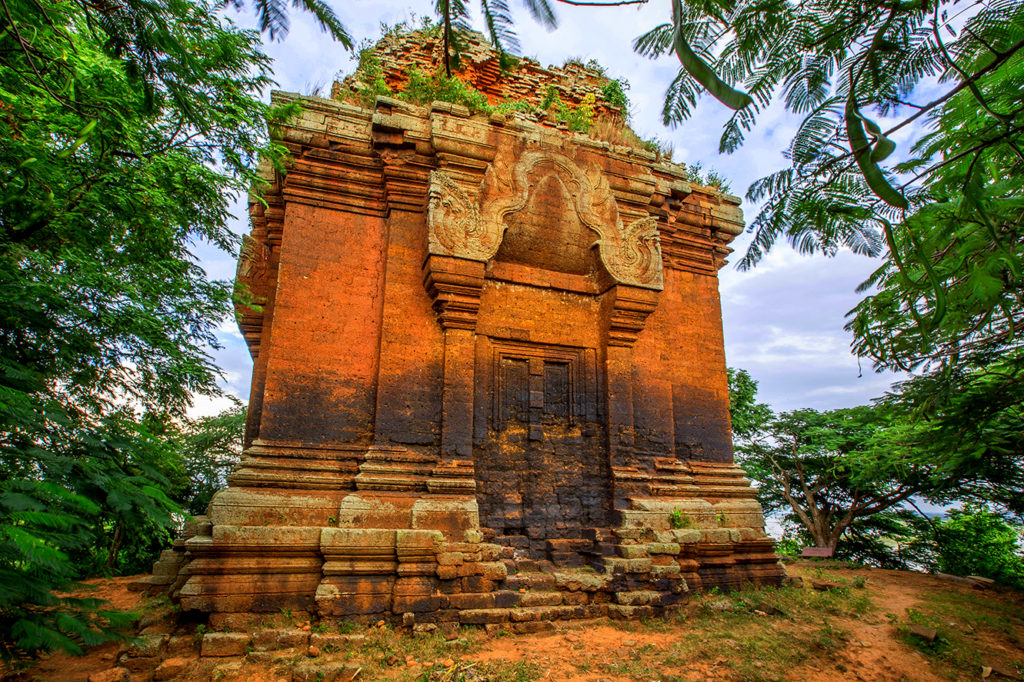

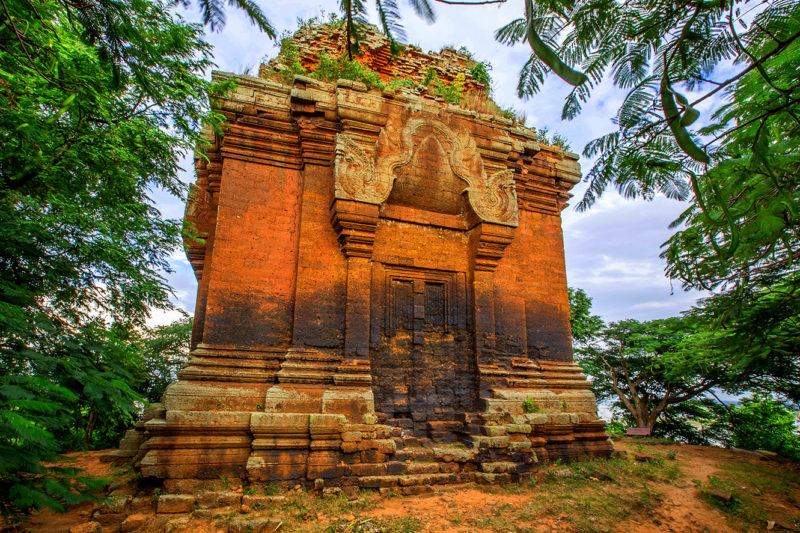
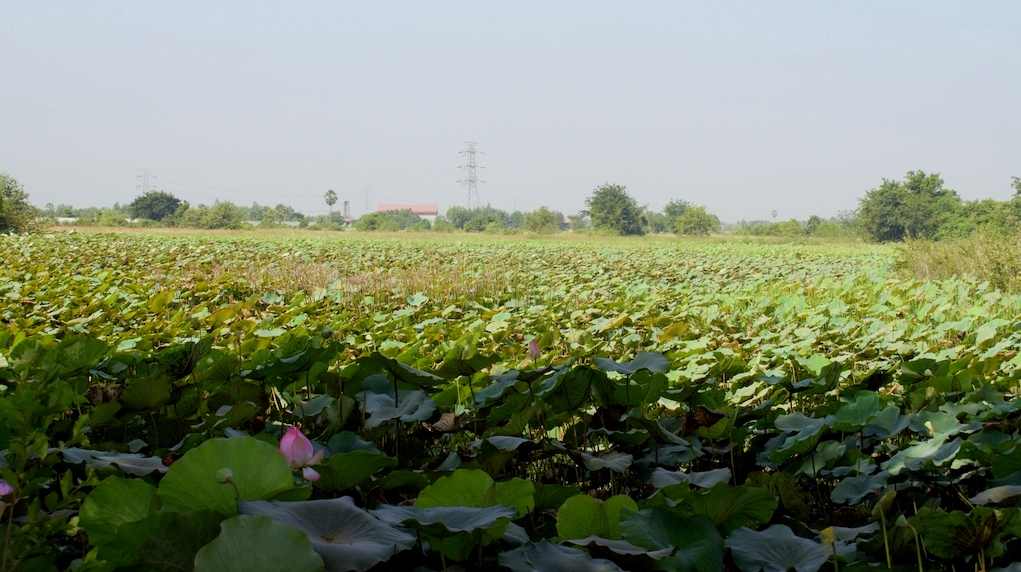
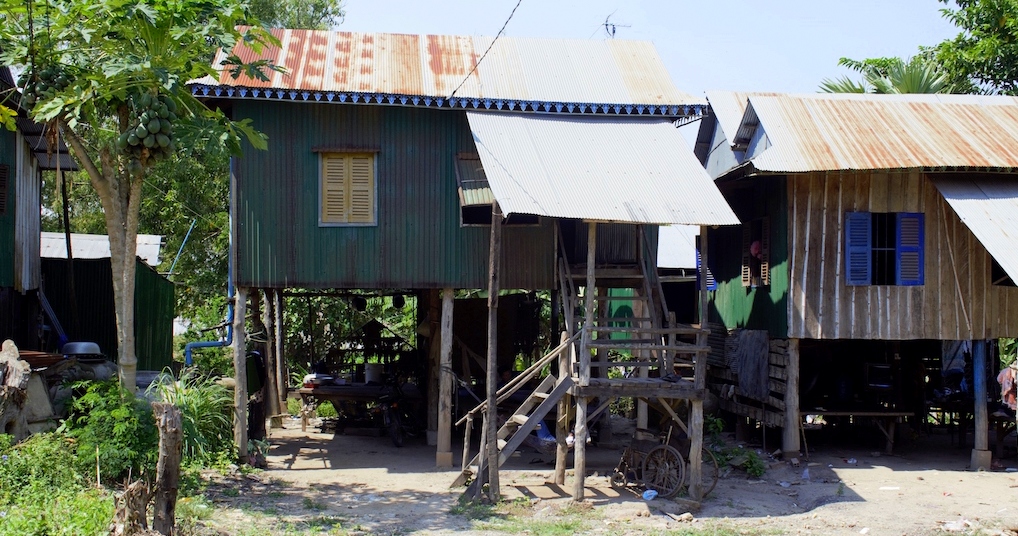
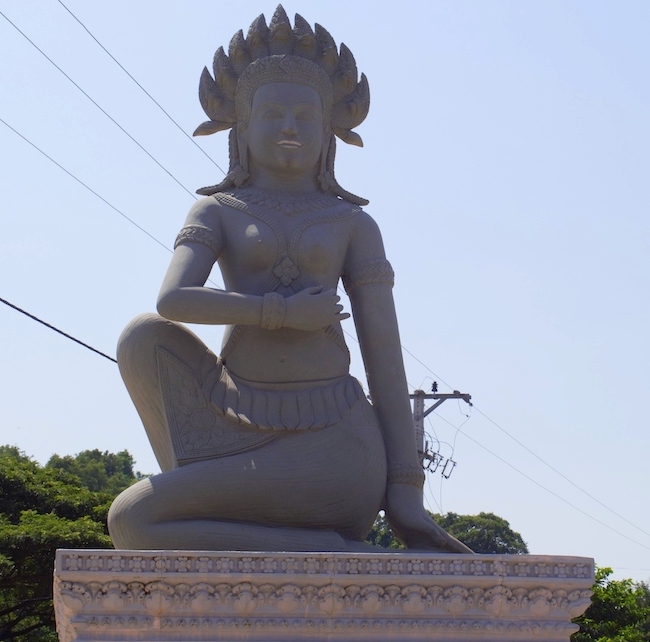
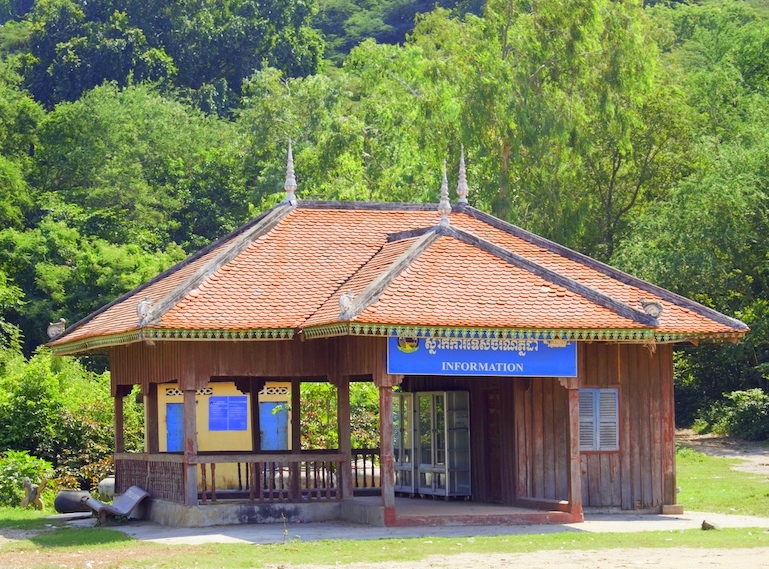
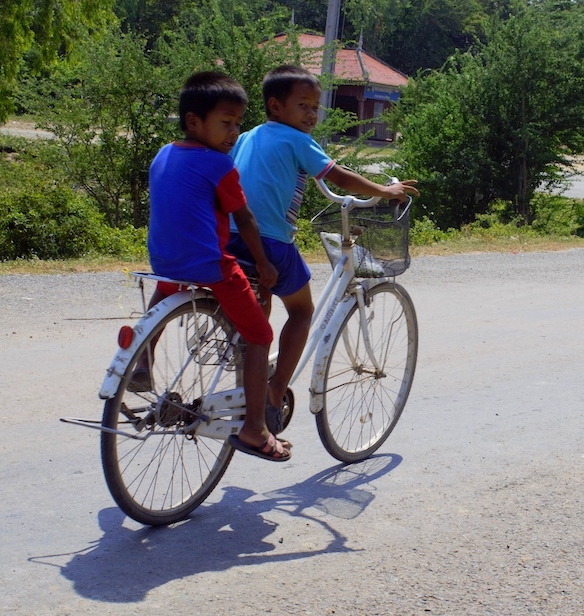
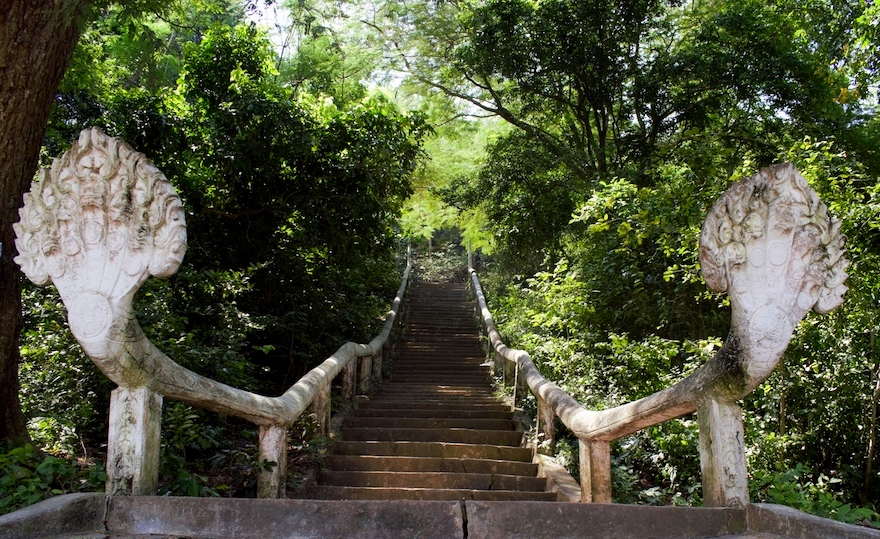
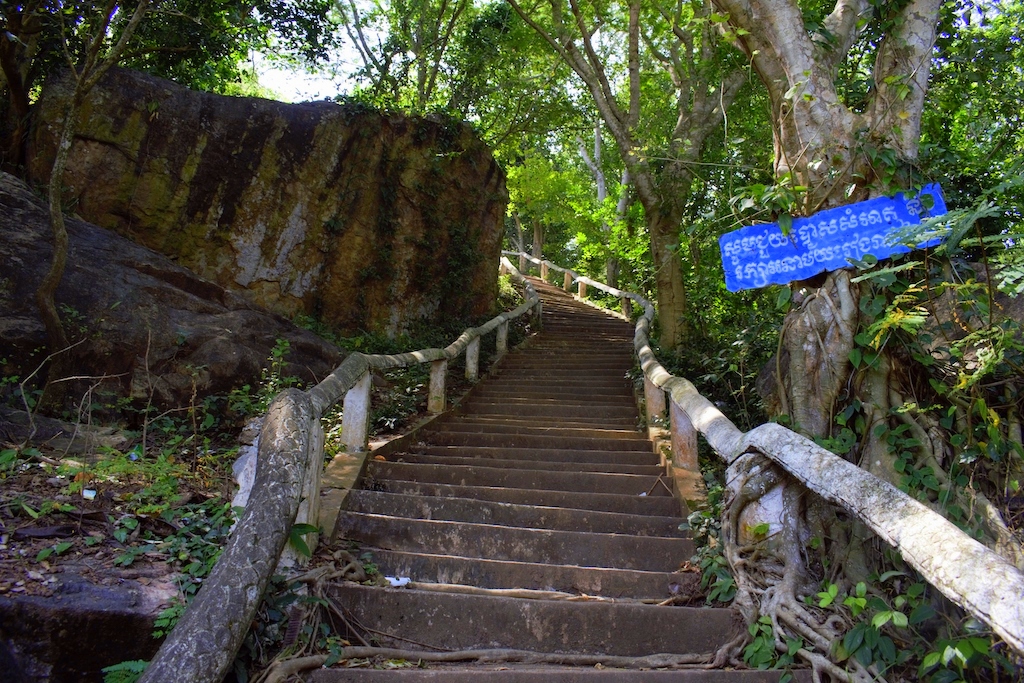
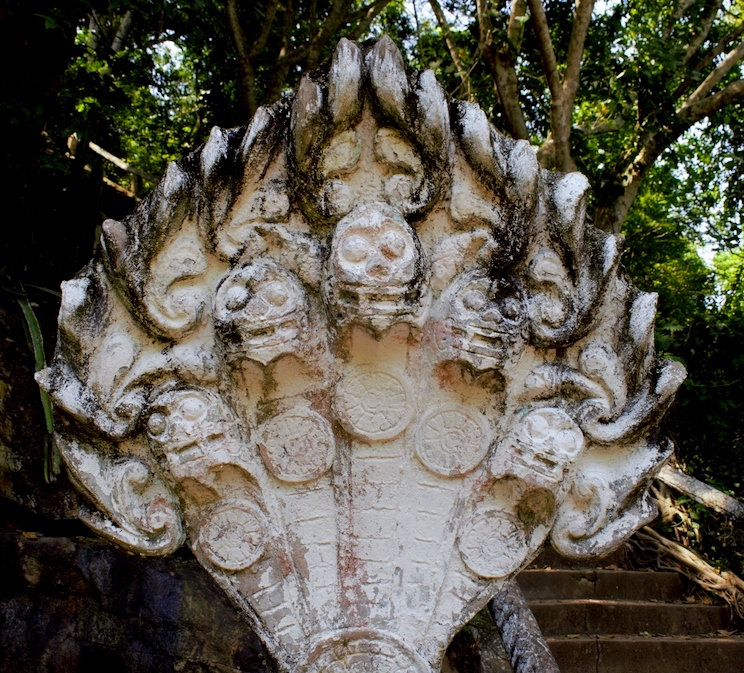

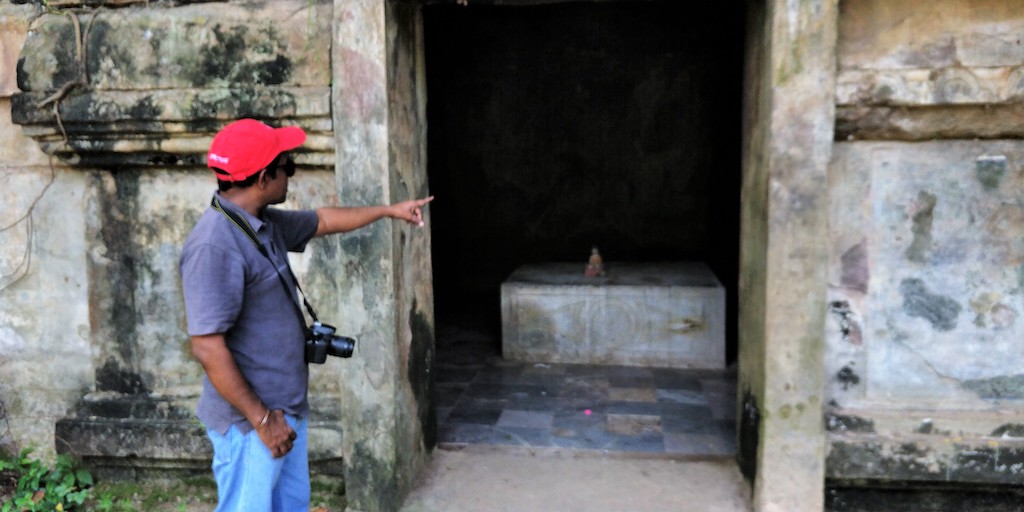


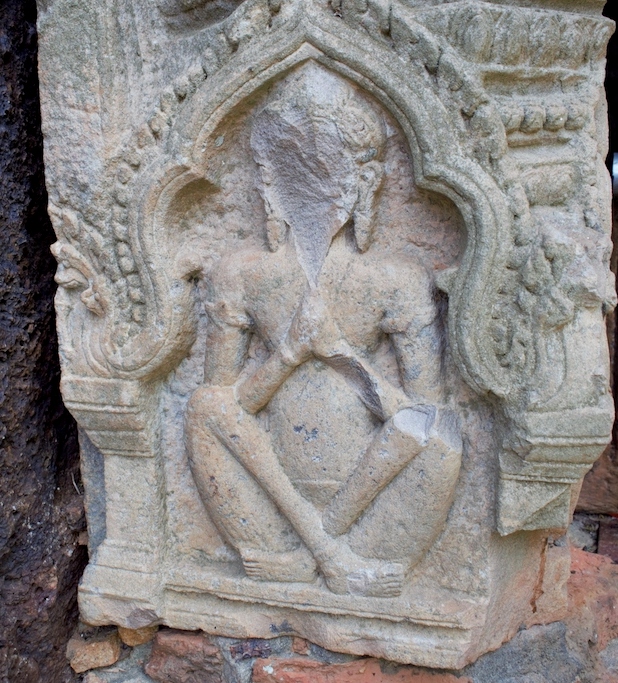
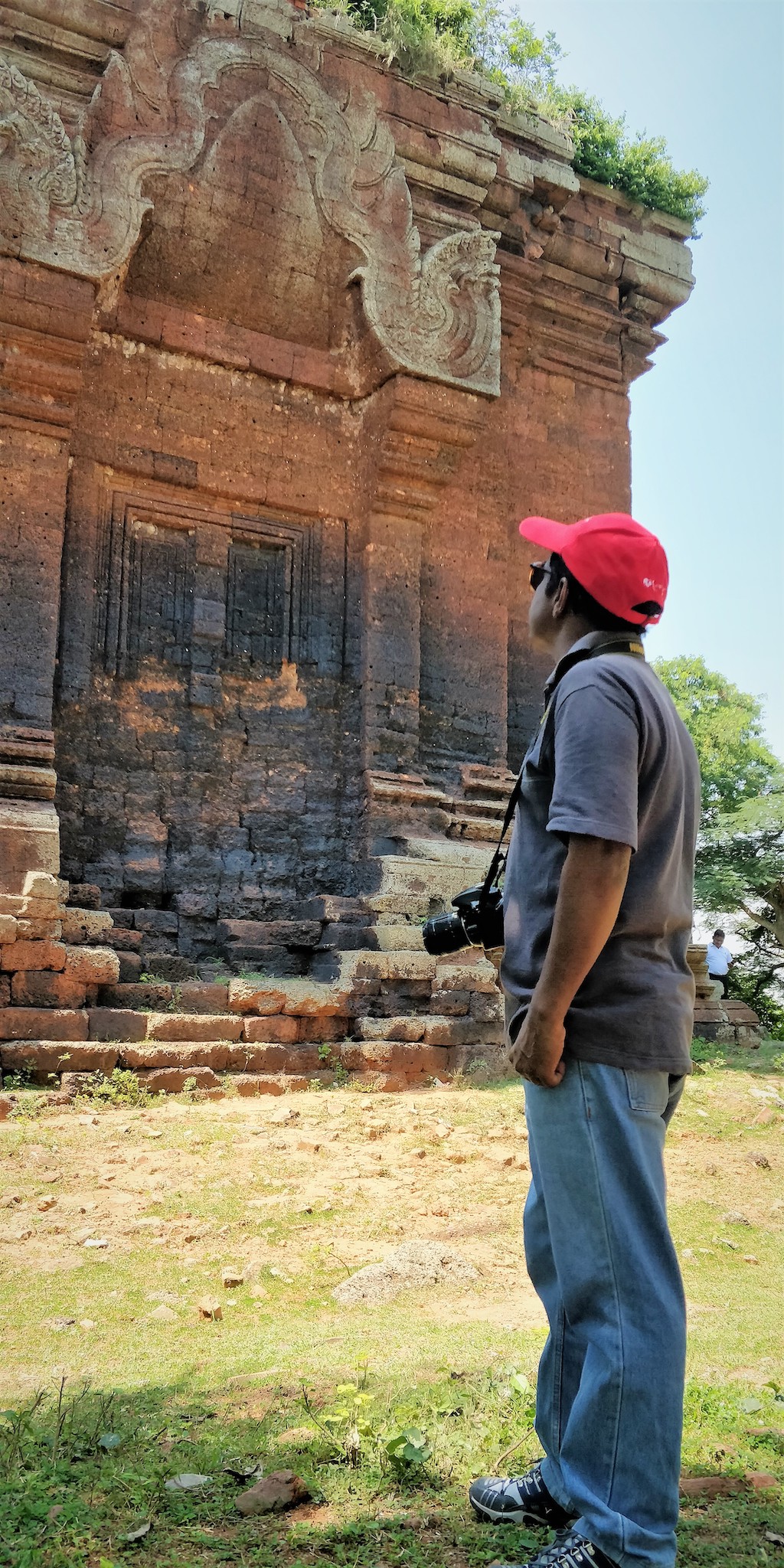
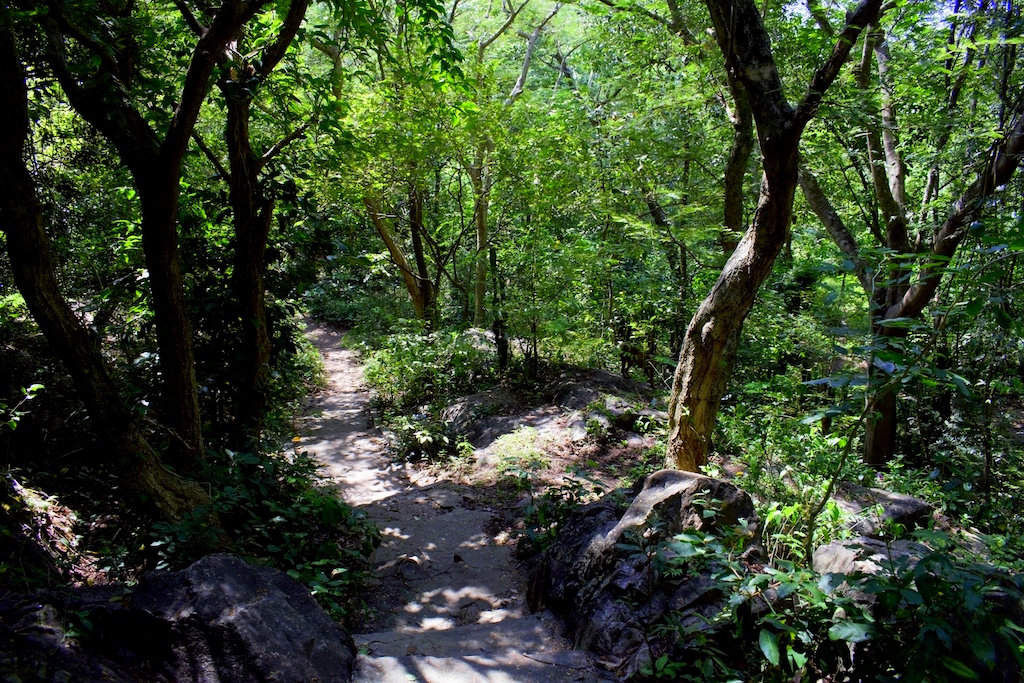
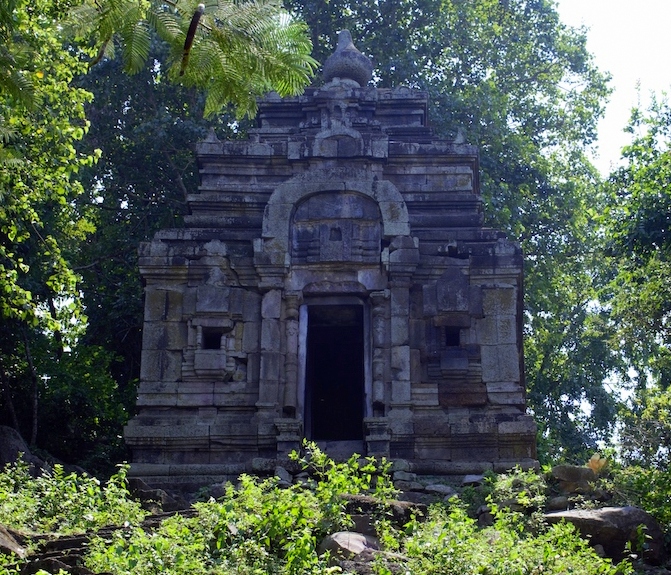
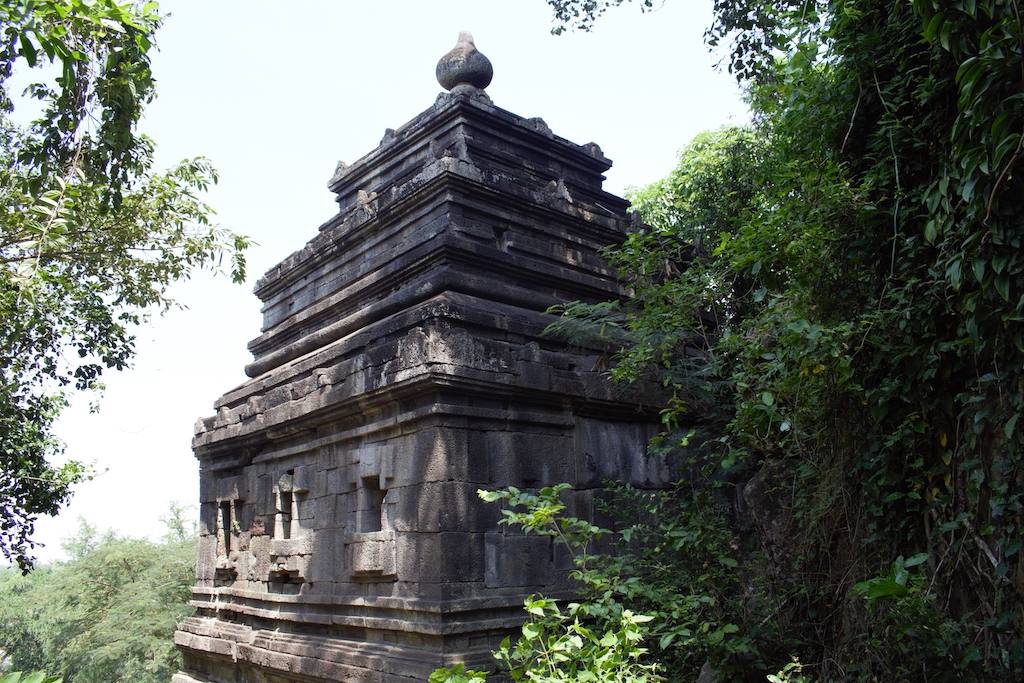
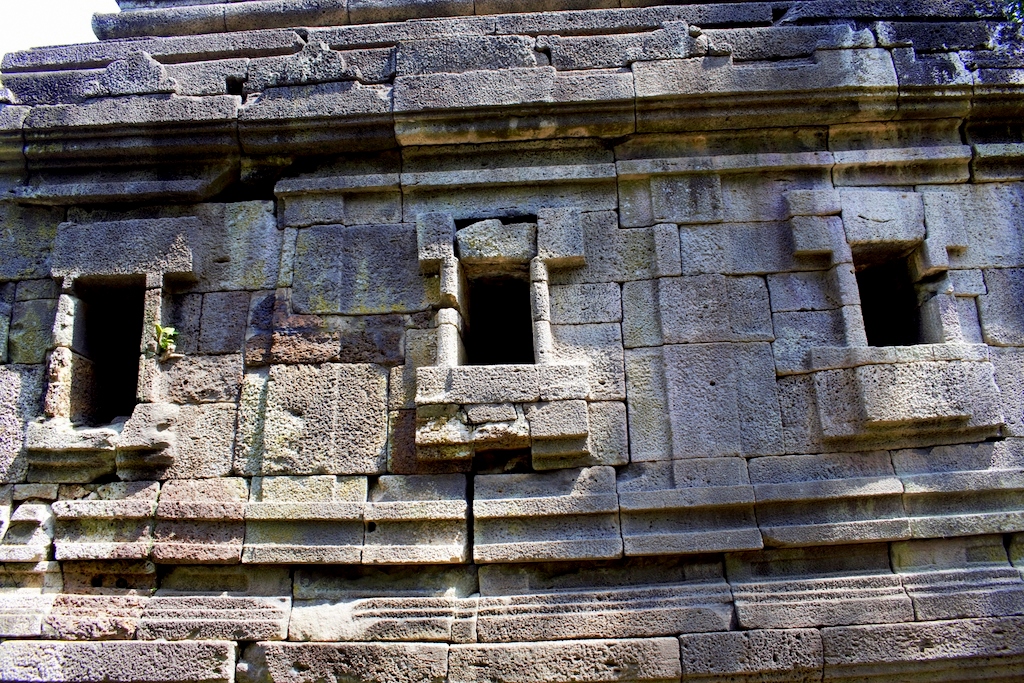



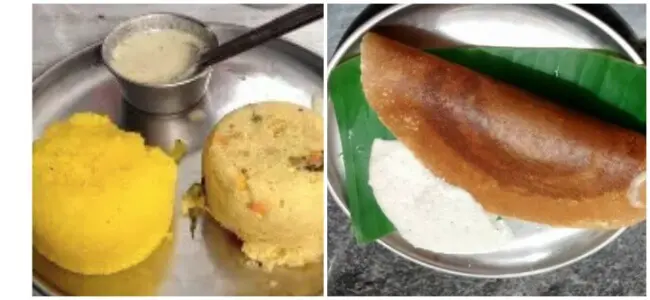


In all honesty we will probably never travel to this part of the world. Just not our thing. We do enjoy reading about different countries and seeing photos.
I have a friend that is in that area visiting right now and I love all the picture I have seen! It is a beautiful area and there is SO much history!
I need to get here one day. I would love to explore the different temples. They are so unique.
What an interesting trip! I would really love to see the lotus farm because I’ve never seen one. I think I’ll bypass the fried crickets. What a unique place to visit!
I always like trips that are not too overcrowded. It always us to take great pictures (plus not lose the kids in the hustle and bustle).
This is such a beautiful experience. I can imagine the quiet and the awe of this place.
That’s just beautiful! Loving the rich heritage and the Natural beauty this place has to offer.
Cambodia is indeed a country with so much to offer.
What a beautiful place! I love such articles that introduce me to unique travel spots. I am a big time travel person myself.
You must visit Cambodia, a treasure trove of wonders, you are sure to love it.
I can not tell you, just how much I enjoyed reading about your travels. In a very beautiful way, Cambodia is so much like India.
I can see similar landscapes, similar ruins and I’m sure even the people possess the similar warmth. If possible, Can you also document about the food that you ate there?
You can see glimpses of India everywhere in Cambodia and you never feel you are away from home. And yes a post about the food we ate there will follow shortly.
I have a friend from Cambodia and she always shares the most beautiful photos from her visits home. Your pictures are absolutely stunning.
Thanks, Cambodia is beautiful.
I really enjoyed reading about your visit to these temples. Cambodia has such a rich history.
I have never left North America, so a trip to Cambodia would be quite the adventure! The steps up to the temple had to be my favourite image you shared. They were gorgeous!
One of our family friends has gone to Cambodia several times. It seems like a beautiful place to see.
I would love to visit here one day. Thanks for sharing your amazing photo. I really enjoyed seeing everything through your lens.
Wow this is a wonderfully detailed travelogue. I’ve been to Cambodia in the past but did not stop at Phnomh Da. Seems like a sleepy place full of much historical vigour! Thank you for sharing!
Yes Phnom Da is more often than not ignored, but it is a very important place.
This is such a unique place to explore. I love to visit historical places, this one is going directly to my bucket list for 2019. Thanks for sharing this hidden treasure with me.
The place looks really calm and nice. Love the beauty of the structures. Thanks for highlighting all the details about the place
Love the information and pics of this town Phnom Da.Such a hisorical places and it interests me a lot.Useful info.
Visiting Cambodia via your post and images is an amazing experience. Cambodia is such a mystical place with deep history and so many untold places. Glad you got the glimpse of nature’s best heaven.
Wow, what an interesting place to visit. It looks like there is so much history there. And it’s neat how you explored the jungle and the city. Your picture of that first statue is neat, with the power lines in the background – a combination of ancient history and modern life.
I’m always in amazement of the architecture of the temples! That is one thing I’d love to do one day – visit as many temples as I can in the world.
This is really a nice trip. A gem of a find. You get a glimpse of the real, rural Cambodia. Very useful information.
Phnom Da is a beautiful place full of history. I would like to visit it one day!
I love reading about places with great architectural history. This place definitely looks great. Adding this to my bucket list.
The place is a great historical place to enjoy. I love the surrounding scenario .. Beautiful place to visit..
Wow, those photos are so beautiful. I would love to visit there someday. Really looks like an amazing place to be.
Wow, it looks like a beautiful place. I know a lot of people from Cambodia and they tell me how gorgeous it is. Especially the temples.
How beautiful is it there?! I love visiting ruins and other old places.
Beautiful place., Love to see Hindu culture outside India.